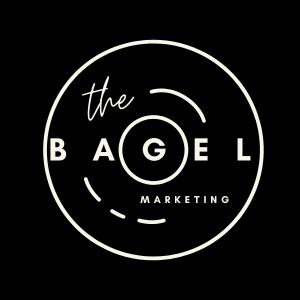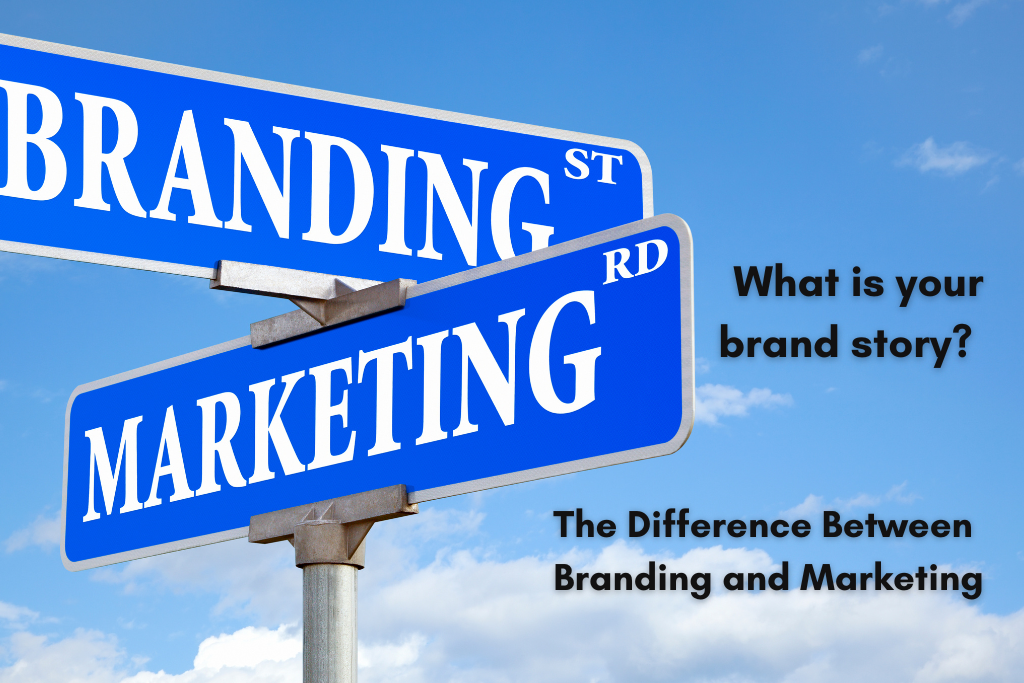The Difference Between Branding and Marketing
Whether for individuals or brands, each has its own story. However, not everyone can tell their story well, and many people have never understood what their story truly is. So, what is one’s own story? How should one tell the story of a personal brand or a business brand effectively? What steps do we need to take in this process?

On January 18, 1971, Bill Backer, the creative director for Coca-Cola at McCann Erickson, was on a flight to London to meet music producer Billy Davis. They planned to record a song for Coca-Cola’s latest commercial. Due to heavy fog, the flight was forced to land at Shannon Airport in Ireland. For business travellers, an unplanned diversion is one of the most frustrating experiences. Backer and other passengers spent the night at the airport, filled with frustration.

The next morning, Backer observed something interesting in the terminal. The previously frustrated passengers, delayed by the diversion, were now sitting together like family, chatting and laughing. Despite their differences in nationality, race, and culture, they all had one thing in common: each held a bottle of Coca-Cola.
“At that moment, I saw Coca-Cola in a new light. It was no longer just a drink but something that could bring people together from all corners of the world. I saw a familiar scene of people saying, ‘Let’s have a Coke.’ This wasn’t just a polite invitation; it was a subtle way of saying, ‘Let’s spend some time together.’ In the Irish airport, I felt that everyone drinking Coca-Cola was part of this warm scene. The basic idea for the commercial was born: don’t think of Coca-Cola as just a beverage, but as a common connection point, a recipe for people to want to spend time together,” Backer recalled.
Bill Backer Tweet
Due to the fog in London, Backer’s flight was rerouted to Liverpool, and the final leg to London required a bus ride. Throughout the journey, Backer kept replaying the scene he had witnessed in Shannon Airport. Coca-Cola’s role and meaning had transcended its status as a carbonated drink; it had become a bridge connecting people of different races, colours, and cultural backgrounds, a ‘social catalyst’.
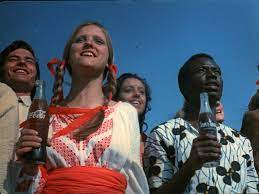
Backer envisioned a song that promoted world harmony and racial unity. Despite the bumpy ride, he couldn’t pinpoint the melody or how it should be sung, but he knew how it should end. He wrote the final line on a napkin: “I’d like to buy the world a Coke and keep it company.” On February 12, 1971, the song “I’d Like to Teach the World to Sing” was born. It quickly became a hit, requested frequently by radio listeners and reaching number seven on the Billboard charts.
Why did this commercial song become so popular? The song was released towards the end of the Vietnam War, a time when anti-war sentiment was high among young people in the US and worldwide. Though the lyrics didn’t explicitly address Coca-Cola’s stance on the war, the message of perfect harmony resonated with the brand’s advocacy for peace and love.
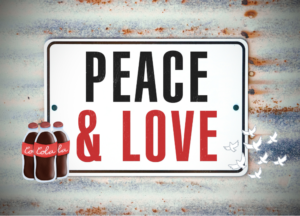
Bill Backer’s airport delay gave birth to one of the 20th century’s greatest advertisements for Coca-Cola.
You might ask, “The ad doesn’t tell Coca-Cola’s history, founders, or product details. How is it a story about Coca-Cola?” That’s an excellent question. Many people mistakenly believe a brand story is merely a condensed version of a brand’s tangible assets. In reality, a brand story can take many forms.
First, we must differentiate between “Marketing” and “Branding”: “Marketing is the what and the how. It is a tactic to communicate the brand. Branding is the why. It is a promise and a feeling. When we hear the name of a person or a company, it evokes a physical/emotional reaction.”
A brand is a condensation of an individual or collective’s intangible asset information. The value a brand represents is a promise and a mission. When we see or hear a brand name, we resonate with the values it promotes. Different marketing methods aim to foster this resonance between the brand and consumers. Bill Backer’s story for Coca-Cola essentially fostered such a resonance. People consume brands, not marketing. Without a clear brand, marketing driven solely by traffic is often short-lived.
What is the “why” in Branding? How do you define it?
The answer: Story.
So, what constitutes a brand story for a company? This is intriguing because the form of a story is hard to define. It’s like Bruce Lee’s classic description of water: a story is something that arises in different states, scenarios, and backgrounds.

A 10-year-old asks their father, “Dad, what does your company do?” The father’s explanation to his child might be the company’s brand story.
New employees receive a company handbook on their first day, detailing the founder and company history. The collection of information often overlooked by new employees might be the brand story.
Public perception of a client company minus the company’s two worst ads might be the brand story.
A few words from the company janitor might reveal more about the brand story than a 20-page PPT from the marketing director.
Steve Jobs knew Apple’s brand story when he was at Pixar, unlike the CEO who ousted him.
Honouring someone no longer in the world can be a brand story (like Tesla).
A company’s brand story might not reside in the leadership but in the undervalued or overlooked individuals.
A brand story might be a song: an unknown song, an unwritten song, or a song that immediately evokes associations once heard. Telling a story through song can be simple yet effective, though rarely done (as Bill Backer did for Coca-Cola).
Telling a brand story well is harder than discovering a client’s story. Excellent stories aren’t about climaxes but the content and transitions leading to them. Comedians’ delivery of the same script can vary dramatically.
Who might reveal a company’s brand story? The chairman, the lowest-paid employee, or even someone never employed by the company.
A well-crafted brand story can astonish clients, the public, and creative directors alike.
An excellent brand story is a boon for creative directors, saving time and conflict, making everyone happy.
A brand story might be in the past, present, or future. It can’t be predicted or faked (at least not for long). Finding and shaping a brand story has methods but no formulas.
How do you find a brand story? This process is familiar to every advertiser: insight mining.

Insight is something you wish you’d discovered at the start. It’s the most genuine and precious part of a product/brand’s nature, often forgotten or unnoticed. Like many things in life, the best solution often surfaces when most needed.
I’ve included a clip from “Mad Men” (Season 1) showcasing how a brand story is crafted through insight, and how a fabricated story is dismissed by clients.
This was the first proposal in the series. The US government had banned tobacco companies from advertising their products as safe. “Reader’s Digest” and major news outlets reported that smoking is harmful.
At the meeting, new client executive Pete Campbell boldly proposed comparing smoking to driving, suggesting both have risks but are necessary. “So what if cigarettes are dangerous? You’re a man. The world is dangerous. Smoke your cigarette; you still have to get where you’re going.”
Client Lee Garner Sr. found this idea foolish, akin to telling consumers to smoke and die together. As he prepared to leave, Don Draper asked him to stay:
He proposed focusing on Lucky Strike’s toasting process, as consumers would now view all cigarettes as poisonous.

Don Draper:
“This is the greatest advertising opportunity since the invention of cereal.
We have six identical companies with six identical products…
We can say anything we want. How do you make your cigarettes?”
Lee Garner Sr.:
“We breed insect-resistant tobacco seeds,
plant them in the North Carolina sunshine,
grow it, cut it, cure it, toast it, treat it—”
Don Draper:
“There you go.
‘Lucky Strike – It’s Toasted.’”
Lee Garner Sr.:
“But everybody else’s tobacco is toasted.”
Don Draper:
“No. Everybody else’s tobacco is poisonous.
‘Lucky Strike’ is toasted.”
Here, “It’s Toasted” has a dual meaning. Toast can mean both “toasted” (as in baked) and “toasting” (as in raising a glass to celebrate). Lucky Strike, meaning “good fortune,” paired with “It’s Toasted” was a perfect match.
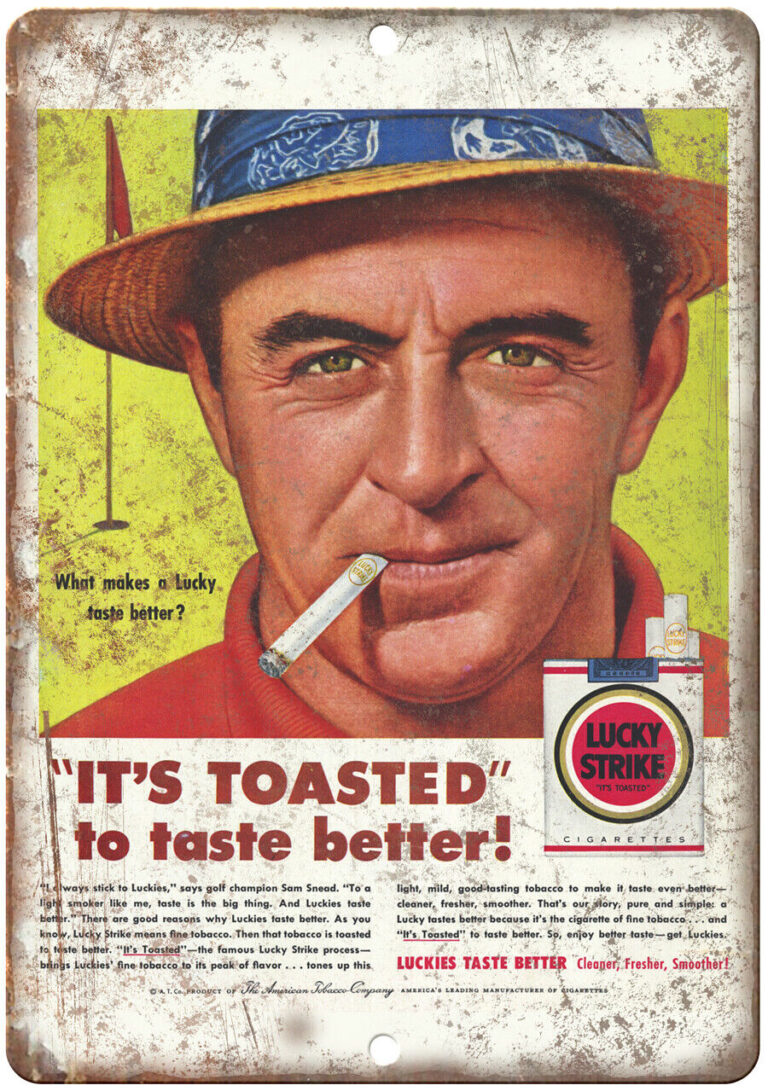
Not every brand insight is discovered quickly. Insight mining takes time, and creativity has logic and strategy.
In 2015, New York City’s LGBT Pride

In 2015, New York City’s LGBT Pride needed a campaign to raise awareness among those indifferent to LGBT issues. Previous campaigns were either celebratory montage videos or interview-style narratives highlighting LGBT struggles. With limited media budget, the challenge was to create a video with self-propagating appeal, capturing the conflict in 60 seconds for online viral potential.
In the US, LGBT groups commemorate “The Day of Silence” by wearing masks and remaining silent to remember those who ended their lives due to not being able to come out. This painful conflict needed to be conveyed for viral impact.

The video concept showed timeless settings, with the final message, “Shout for Those Who Couldn’t,” aiming for empathy. It went viral, was named “Best Video Ad” by AdWeek, and sparked discussions across LGBT organisations in China, Europe, and beyond.
Human civilisation began with stories. In the era of AI and blockchain, the value of a good story will become more evident, possibly even a luxury. The ability to tell stories will be increasingly recognised.
Besides insight, consider the context in which the story is told and the audience’s social environment.
To simplify, let’s review the cases:
Coca-Cola’s iconic song, “I’d Like to Teach the World to Sing,” was born during the late stages of the Vietnam War. Back then, global relationships were not as close as they are today. There was no internet or mobile phones. The idea of global unity was still a beautiful dream. Without this significant historical context, Coca-Cola’s ad wouldn’t have become one of the greatest advertisements of the 20th century.
Don Draper’s idea for Lucky Strike’s “It’s Toasted” slogan came about because of Reader’s Digest’s reports on the health risks of smoking. Without this social issue, Lucky Strike would have continued producing the same old ads as other tobacco companies. The “It’s Toasted” slogan would never have been born.
The background for the “Shout for Those Who Couldn’t” campaign was the near conclusion of the US Supreme Court’s decision on legalising same-sex marriage. Over the previous decades, American society’s understanding of the LGBT community had significantly improved. Without this progress and the context of previous Pride campaigns, this advertisement wouldn’t have been chosen as the best ad of the month in the US.
There are many similar examples: Nike launched its “Dream Crazy” campaign in North America, featuring the controversial Colin Kaepernick. The former NFL quarterback had protested against US politics by sitting and kneeling during the national anthem, drawing criticism from President Trump. This campaign was highly controversial and widely discussed. Nike lost some customers but successfully attracted younger generations.
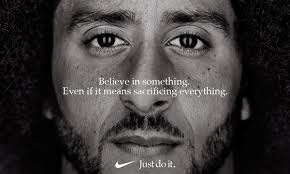
A few years ago, SKII’s anti-marriage pressure ad in China also sparked significant discussion and went viral.

What I advocate for is understanding the necessity and relevance of a story to its audience. At the beginning of this article, we mentioned that a brand is a condensation of intangible assets. The values represented by a brand are a promise and a mission. When we see or hear a brand name, we resonate with the values it promotes.
For the most effective resonance, insight is about the internal, and understanding is about the external:
- Necessity: Is this story something the audience wants to hear?
- Relevance: Does this story relate to the audience’s life?
When both are present, the story’s impact is significantly enhanced. Successful religious and brand communication both meet these criteria. Conversely, neglecting these aspects can lead to inefficacy or even backfire.
Successful businesses rely on more than just branding. Factors like business models, supply chains, channels, resources, markets, policies, and product/service quality also play crucial roles. Thus, brand storytelling should come after business maturity, not before. In an immature business, creating highly creative ads is often an unnecessary expense. Effective growth and comprehensive development are what matter most for a company. Successful businesses are built, outstanding brands are the products of mature businesses, and good stories are distilled from many accumulated stories.
What is Marketing?
If brand marketing involves telling a brand’s story to get consumers to recognise and follow its values, marketing focuses more on establishing value-driven relationships with customers. The first step in marketing is always to understand and meet customer needs. Unlike brand marketing, which often cannot set KPIs due to its long-term nature, marketing requires KPIs to reflect value. These include metrics like audience reach, conversion rates, and market share. Marketing departments emphasise ROI because each action needs tangible feedback.

The difference in positioning between marketing and brand marketing is clear. Marketing aims to continually adapt to market demands to increase market share, while brand marketing emphasises the brand’s uniqueness to enhance awareness and loyalty. Marketing typically involves market segmentation and targeting strategies to design products and services that meet customer needs. Brand marketing focuses on shaping the brand image to attract loyal customers.
Therefore, compared to branding, marketing is more tangible.
Core Concepts of Marketing:
- Customer Orientation: The primary principle of marketing is to be customer-centric. Businesses need to deeply understand target customers’ needs, preferences, behaviours, and motivations to formulate appropriate strategies.
- Value Creation: The core of marketing is to create value for customers. This value can be functional, like high performance and quality, or emotional, like brand personality and culture.
- Communication and Interaction: Effective communication and interaction mechanisms with customers are essential. Businesses need to convey product and brand value through various channels, such as advertising, PR, and social media, and promptly gather customer feedback.
- Relationship Maintenance: Marketing is not just about single transactions but building long-term, stable relationships with customers. Businesses should enhance customer loyalty through high-quality products, personalised marketing activities, and membership systems.
- Profitability Goals: The ultimate goal of marketing is to achieve profitability. Businesses need to set reasonable pricing strategies and optimise marketing costs while meeting customer needs to maximise profits.

Source from: https://www.bilibili.com/read/cv3747350/
